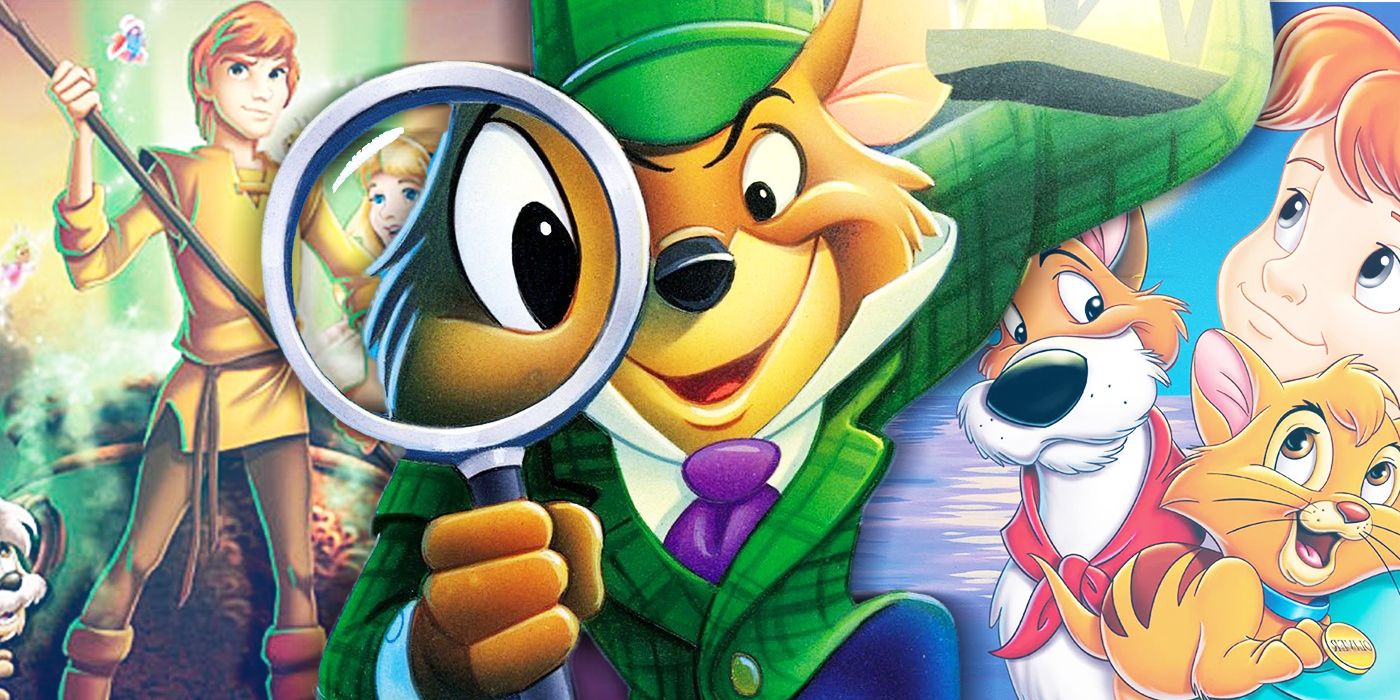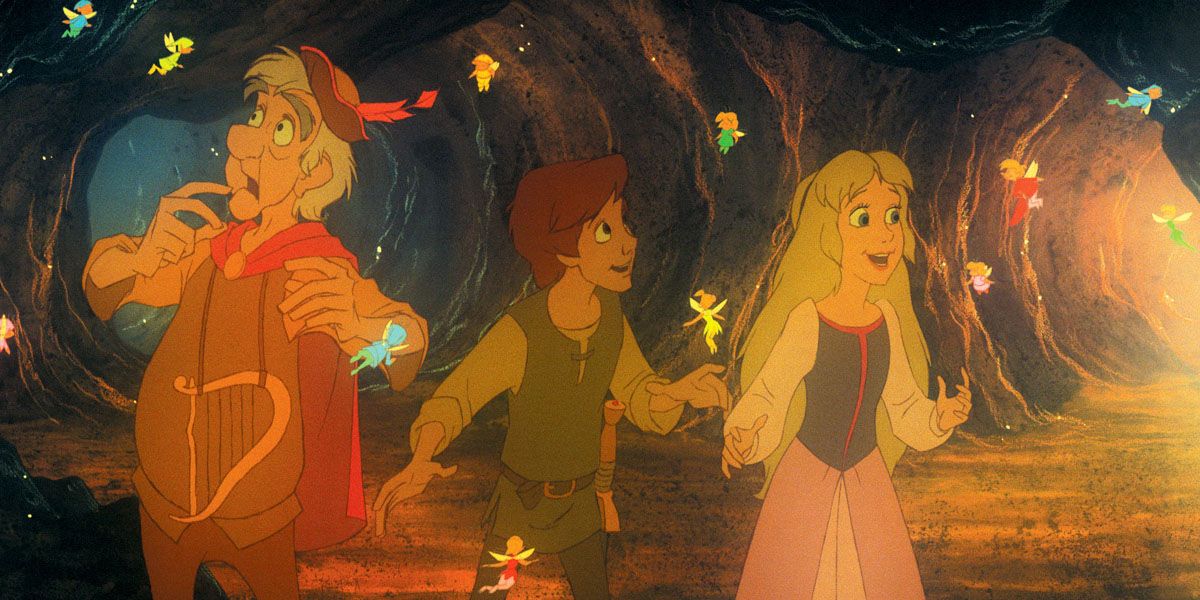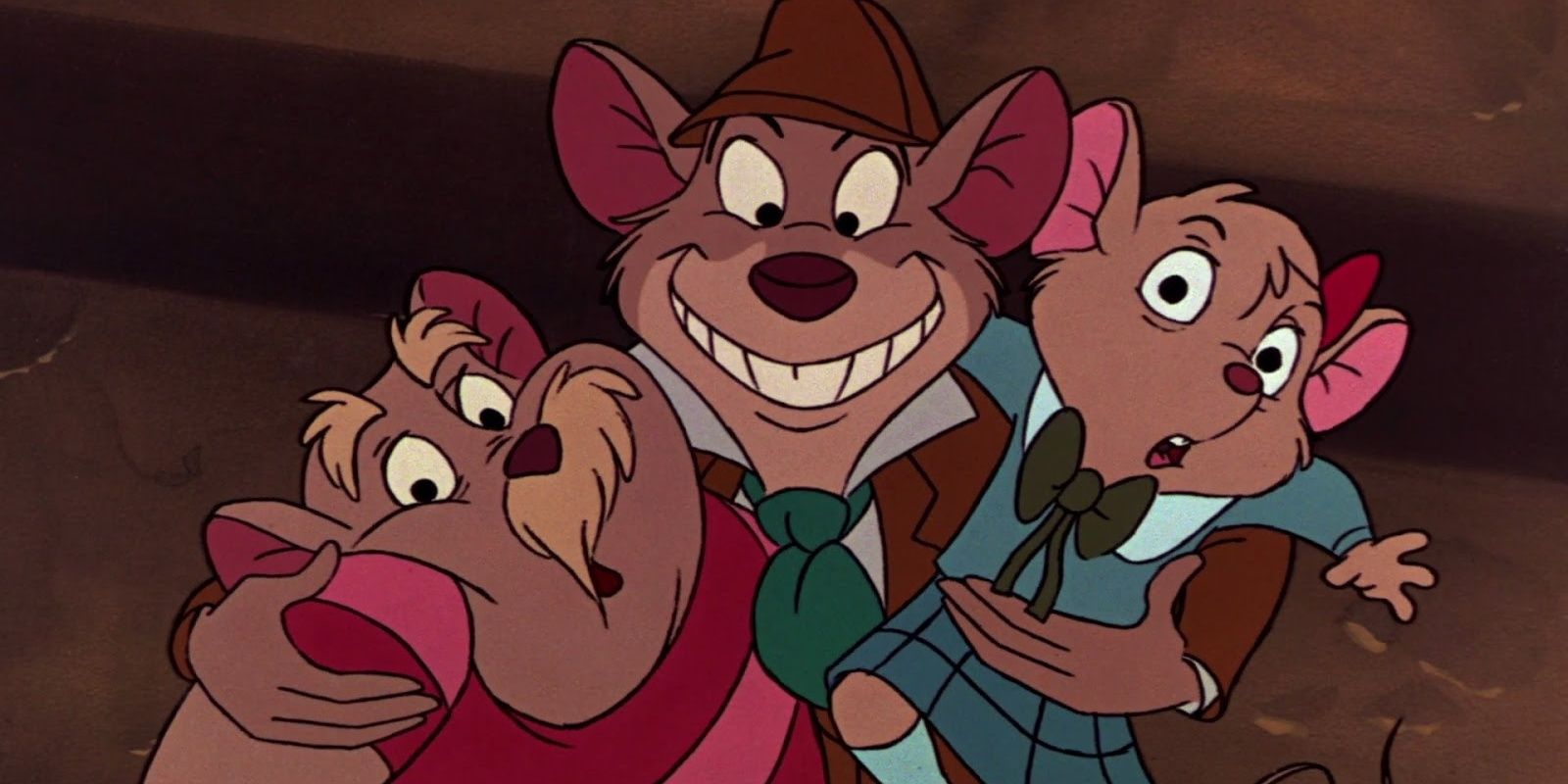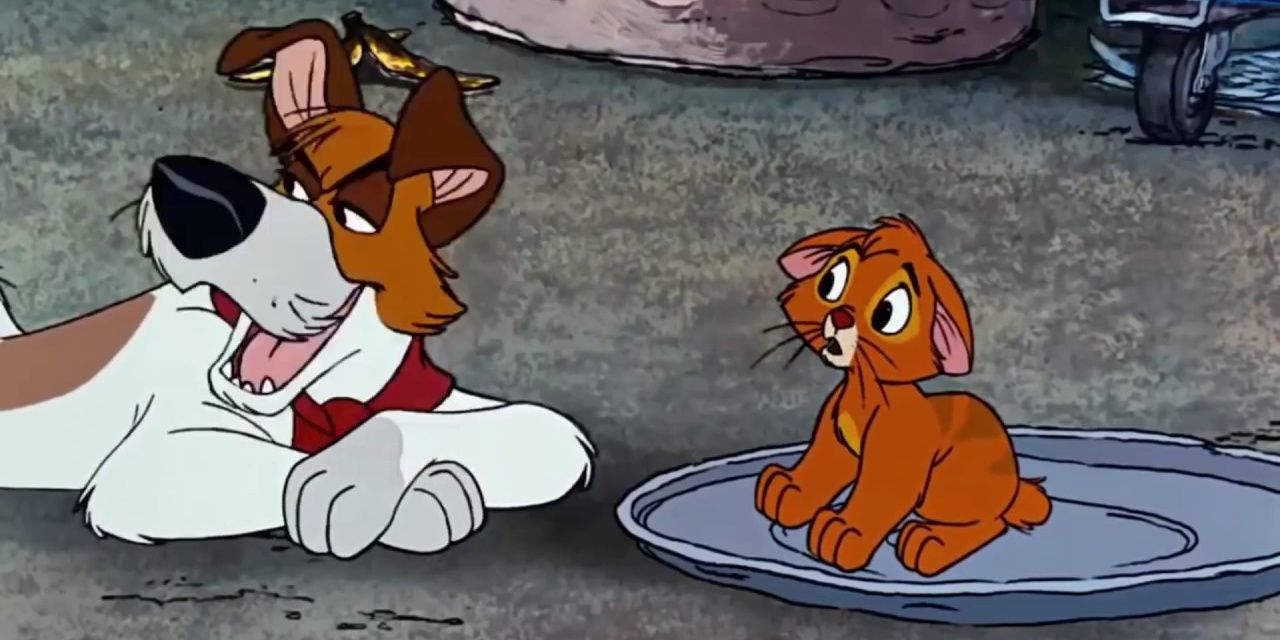The period of films released by Walt Disney Animation from 1989 to 1999 is often considered a major highlight of American animation history, and it is referred to as the Disney Renaissance. However, that period didn't suddenly appear without warning, with the successes and flaws of the films beforehand deeply impacting it. Three films in particular helped set the stage for the resurgence of the animation studio.
The Black Cauldron
Adapted from The Chronicles of Prydain by Lloyd Alexander, The Black Cauldron was intended to appeal to older audiences than the typical Disney fans of the time. In it, the heroic Taran and Princess Eilonwy try to prevent the Horned King from raising an undead army through the titular Black Cauldron. Acquired in the 1970s, The Black Cauldron went through many iterations during development. Among the artists who worked on the film were veteran animator Mel Shaw, future The Little Mermaid co-director Ron Clements and then-rookie animator Tim Burton, who briefly appears in the documentary Waking Sleeping Beauty.
Despite the ambition and budget put into the film, which Slate reports was the most expensive animated film of all time at that point, the reception to the film was seen as a loss, with low box office gross and mixed critical reviews. The Black Cauldron has even been referred to by some, as reported by Slate, as the film that, "almost killed Disney Animation." One vocal critic of the film was Jeffrey Katzenberg, then-Chairman of Walt Disney Studios, who considered the film too dark. As explained in further detail in Waking Sleeping Beauty, Disney Animation was then forced to move buildings and adjust their plans for their next films -- setting Disney Animation up to evolve in unexpected ways.
The Great Mouse Detective
The Great Mouse Detective was an adaptation of the children's series Basil of Baker Street by Eve Titus and is largely a love letter to Sherlock Holmes. Genius mouse detective Basil spends the film working with Dawson, a former soldier and new acquaintance, to help a young woman, Olivia, reunite with her father, who's been kidnapped by Basil's nemesis, Ratigan. After leaving The Black Cauldron, Clements became an additional director on The Great Mouse Detective alongside Burny Mattinson, John Musker and David Michener, and they were forced to contend with a short development window and tight budget imposed on them from a studio cautious following recent financial failures.
As shown in Waking Sleeping Beauty, there were some tensions behind the scenes with Katzenberg, but the production was smoother than that of The Black Cauldron. The Great Mouse Detective was also the first Disney Animation film to fully utilize CGI in the film, with the climactic battle inside Big Ben having the various mechanisms of the clock be computer-generated. The film was successful critically and commercially, and during production, Clements and Musker began work on what would become The Little Mermaid -- a staple of the Disney Renaissance.
Oliver & Company
Following the box office failure of The Black Cauldron, Katzenberg and then-Walt Disney Feature Animation CEO Michael Eisner allowed animators to pitch all their ideas. This included story artist Pete Young, who pitched an adaptation of Oliver Twist centering around dogs. Catching Katzenberg's attention, the film was approved, according to the New York Times. Centering around a lonely tabby named Oliver living in '80s New York City, Oliver ends up under the wing of a cool street-dog named Dodger, who introduces him to the rest of his gang of hounds.
In many ways, Oliver & Company can be seen as a precursor to the style of film that Disney Animation would increasingly make during the Disney Renaissance. Unlike the other Disney Animation back then, Oliver & Company featured lavish musical numbers, paving the way for the bombastic songs in future films. The film also embraced using contemporary stars as voice actors, with Billy Joel, Bette Midler and Cheech Marin all having prominent roles. This would become a large part of many future animated films in general, especially from Disney in the coming decade. It also signaled the full return of Disney at the box office -- with the film actually defeating box-office rival The Land Before Time in terms of gross.




